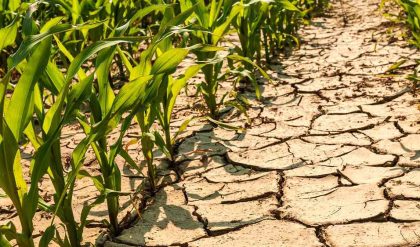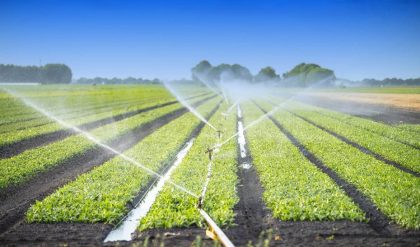Field sanitation is an important and highly effective farm practice to keep most pests under control.
What to do?
1. Use sterilized or diseased-free seeds for sowing.
2. Properly select healthy plants for transplanting.
3. Keep weeds under control at all times. Keep the surroundings of your farm free of weeds, unless they are maintained and intended as habitat for natural enemies.
4. Make yourself ‘clean’. Always bear in mind that you might be the carrier of the pests while you move from one plant to another.
5. Pull plants that are heavily infected with insect pests and those that are showing heavy symptoms of disease infection.
6. Prune the plant parts where insect pests are found congregating and those that are showing heavy symptoms of disease infection.
7. Properly dispose all the infested plants. Do not put them on compost pile.
8. Pick rotten fruits and collect those that dropped. Diseased and pest infested fruits must be properly disposed. Do not put them on compost pile.
9. Plow-under the crop residues and organic mulches. This improves the soil condition and helps disrupt the pest’s lifecycle. The pest is exposed to extreme temperature, mechanical injury, and predators.
10. Maintain cleanliness on the irrigation canals.
11. When possible, remove all the crop residues after harvest. Add these to your compost pile.
12. Make your own compost. Your compost pile is where you can place your plant trimmings and other plant debris.
13. Clean your farm tools. Wash plows, harrows, shovels, trowels, pruning gears, bolos after use. Lightly oil pruning gears.




